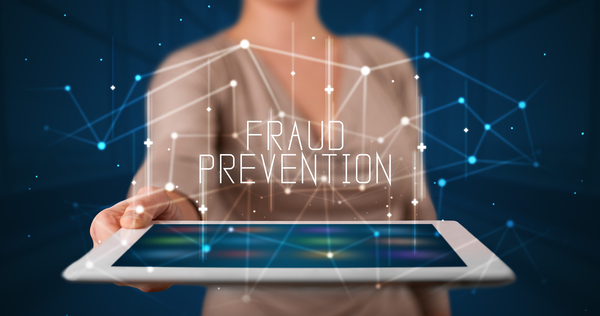Geo-tracking capabilities are installed on roughly 90% of smart device apps. More commonly referred to as geolocation, the technology gives apps the ability to identify a user’s geographic location by way of your device’s GPS. Aside from obvious apps like Google Maps being able to track one’s whereabouts, thousands of other businesses are looking to leverage the technology to connect and engage with their users.
Geolocation and business: Here’s a quick look at some of the most common ways geolocation is being used at the moment:
Ad Triggers
Marketers are capitalizing on geolocation to send targeted notifications to their users via push notifications. Once a user enables these notifications on their device, the app can send relevant marketing offers, such as discounts or announcements, to users in specific geographic locations. The idea behind it is that companies can create personalization at scale based on a user’s activities and physical proximity, such as being within a certain radius of a store.
Localized Content
Aside from marketing offers, companies can serve up location-specific content based on a user’s physical whereabouts, as well as collect data on users in a specific geographic region.
For example, a city planner might collect data related to foot traffic and ride-sharing so they can detect patterns and better plan for future infrastructure. Or, a city’s tourism department may send information to visitors via an app, such as recommending attractions or points of interest.
Fraud Prevention

Geolocation can help fight fraudulent charges.
Banks are using geolocation services to better tackle fraud issues. One example is MasterCard’s practice of cross-referencing a purchase location with the cardholder’s location. By tracking the customer’s smartphone location, Mastercard’s algorithm can better identify if a user made an authentic purchase or if a user’s account information may have been compromised.
Location-Based Messaging
Messaging apps like Sparkle allow users to join group chats with others in their proximity. All active users within the same area can set their desired radius and join the conversation with other users. This technology is commonly used to find parties and events in a given area, view live streams of what’s happening nearby, and even find and join support groups.
Health and Fitness Monitoring

Sports enthusiasts can track workouts and health data.
According to recent data, 58% of smartphone owners have downloaded at least one health and fitness app. These apps, such as MapMyRun, can be used to track physical activity, workout patterns, calories burned per session, food diaries, and other information to help them stay focused on health goals and give greater insight into their activities. Many apps can also store data and create predictions and trends over time to help you track progress.
Although geolocation technology can be traced back as far as 2005 from startups like Foursquare, Loopt, and Ditto, its potential is still being pioneered. Cisco predicts that there will be more than 5.5 billion smartphone users by 2020 — a number that will surely help geo technology expand and allow its potential to be fully realized.
